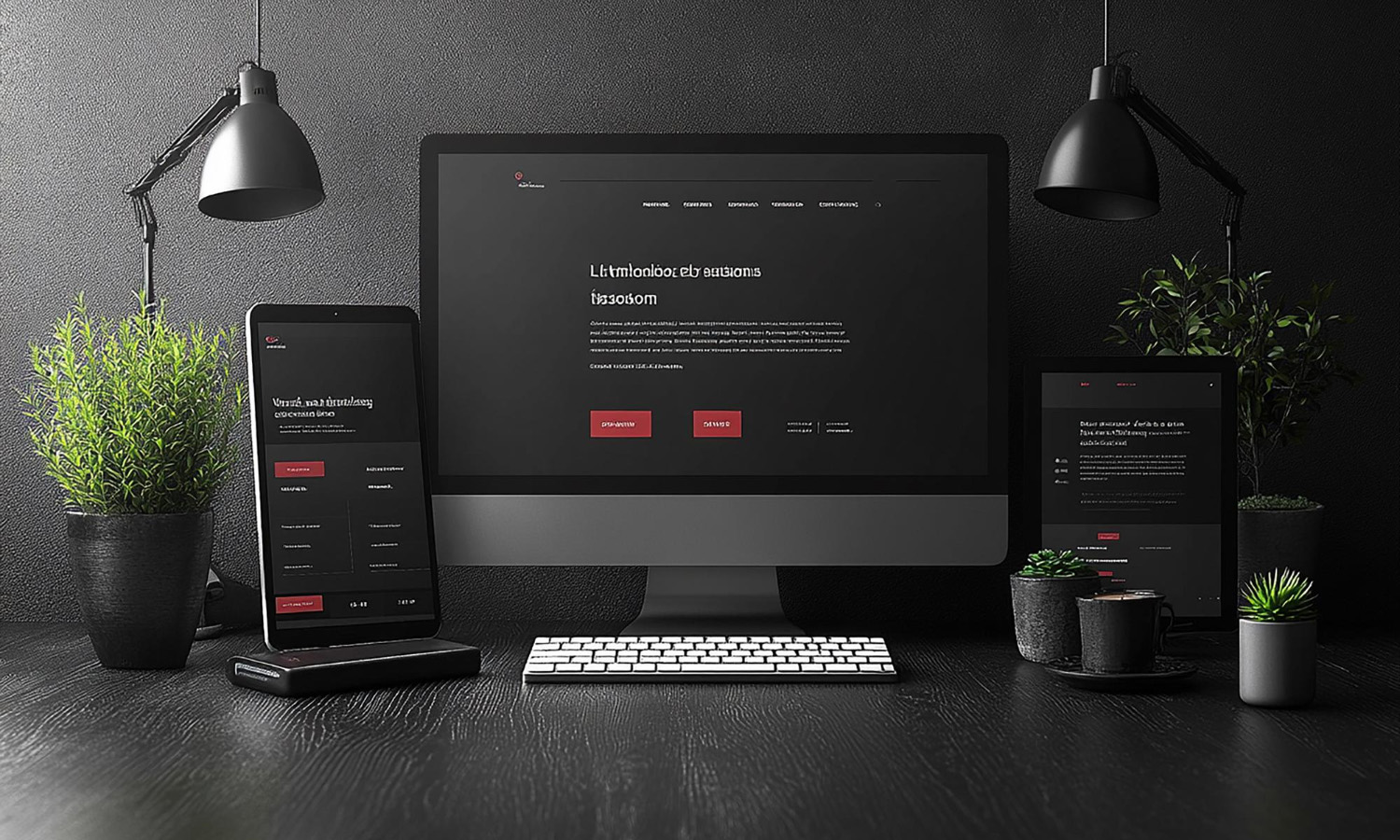
What Should a Successful Website Look Like?

What Should a Successful Website Look Like?

In today's rapidly evolving digital world, successful web design and a strong SEO (Search Engine Optimization) strategy are key determinants of a website's success. When designing a website, not only aesthetics but also compliance with SEO criteria plays a major role. A structure that is both user-friendly and strong in terms of SEO will elevate your brand to the top of Google and other search engines.
In this article, we will explore how web design can be aligned with SEO and why H1, H2, H3 tags are so important for SEO. Additionally, we will discuss the SEO criteria that every web designer and content creator should consider.
For a website to be successful, it must achieve two primary goals: to engage visitors and to rank high in search engines. These two goals are usually interconnected because a web design that enhances the user experience also provides SEO advantages. This is where the correct use of H1, H2, H3, H4, H5, and H6 tags comes into play.
SEO-compliant web design makes the site more attractive to both users and search engines. SEO encompasses many technical and content-based elements, one of which is the correct use of heading tags. Each page should only have one H1 tag, which reflects the main title of the page. Subheadings should be organized using H2, H3, and H4 tags. This structure not only helps search engines understand the content but also improves the user experience.
Heading tags play a critical role in web design and SEO. Search engines analyze your page content by looking at these tags. The H1 tag in particular informs search engines of the main topic of the page. This tag should be the most important heading on the page. Other heading tags organize the subheadings of the content, creating a hierarchical structure.
Strategically using keywords in these heading tags gives a significant advantage for SEO. For example, when keywords like "web design" and "SEO" are included in H1 and H2 tags, it signals to search engines what the page focuses on.
H1 Tag: This should be the main heading of the page and used only once. It should contain the most important keyword of the page. For example, the H1 tag for this article is "Web Design and SEO."
H2 Tag: Used for major subheadings under the main title. It typically defines the key sections of the content. For instance, "Why Is SEO-Compliant Web Design Important?" is an H2 heading.
H3 Tag: Used for detailed subheadings under an H2. For example, "Why Are Heading Tags So Important in SEO?" is an H3 heading.
H4, H5, and H6 Tags: These are used for even more specific subheadings. If the content includes more subtopics, these tags can be employed.
In SEO-friendly web design, not only are heading tags important, but many technical details also need to be considered. Here are some key elements to pay attention to:
Today, Google considers mobile-friendliness as a ranking factor. Therefore, your website must work seamlessly on every device. Responsive web design allows users to access the site comfortably on tablets, phones, or computers. A mobile-friendly design not only enhances the user experience but also positively affects your SEO rankings.
The speed of a website has a huge impact on SEO. Users tend to leave slow-loading sites immediately, which negatively affects your bounce rate. Google takes this into account and pushes slow websites down in search results. To optimize the speed of your website, compress images, use caching, and remove unnecessary code.
Every page should be optimized around a specific keyword. This keyword must appear in the H1 and H2 tags but should be used naturally. Avoid keyword stuffing, as this can lead to penalties from Google.
An SEO-friendly URL structure should reflect the content of the page and include keywords. Short, meaningful URLs rich in keywords help search engines better understand your site. For example, a descriptive URL like "/web-design-and-seo" is more understandable for both users and search engines.
Images improve both the user experience and SEO performance of a website. However, it's crucial to use keywords in the alt text of images and to optimize their size. Otherwise, large images can slow down your site's loading speed.
To help search engines better crawl your site, it's important to create an XML sitemap. This sitemap provides search engines with a list of all the pages on your site and highlights which pages are the most important.
Internal linking connects the pages within your site and helps search engines understand the structure of your website. Additionally, referencing external links to credible sources can increase your site’s authority.
Successful web design is more than just aesthetics. A website's SEO compliance makes it appealing to both users and search engines. Correct use of heading tags, strategic placement of keywords, mobile-friendliness, and fast loading times are some of the SEO criteria that directly impact the success of your website.
Achieving this harmonious relationship between SEO and web design will help elevate your brand in the digital world and boost your rankings on search engines.